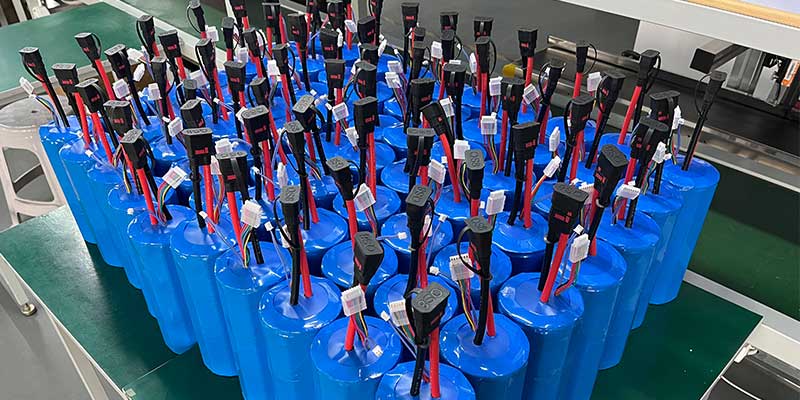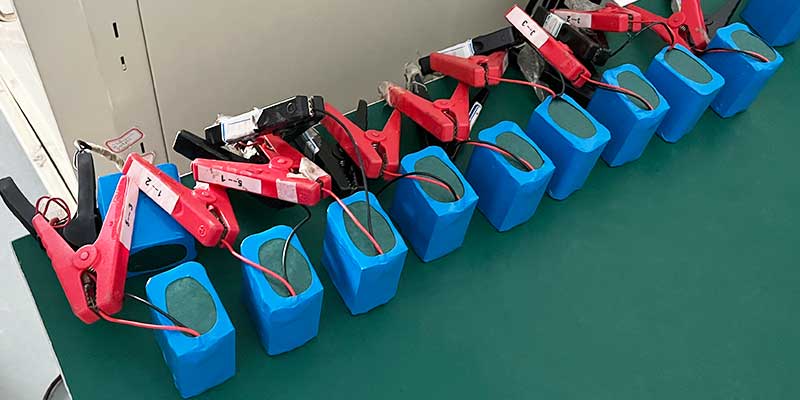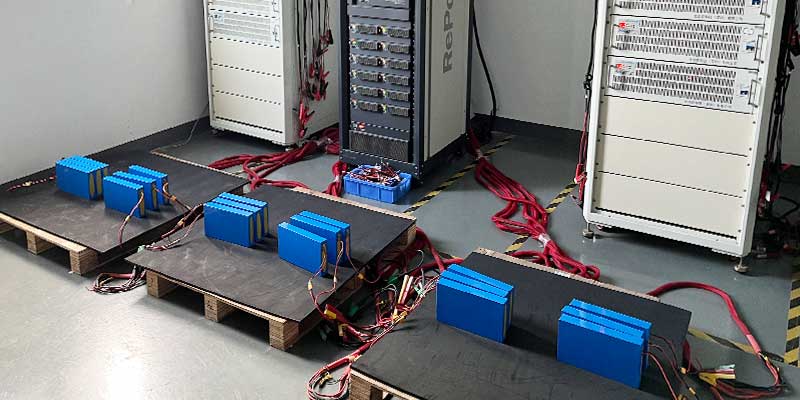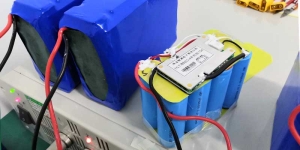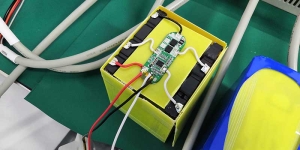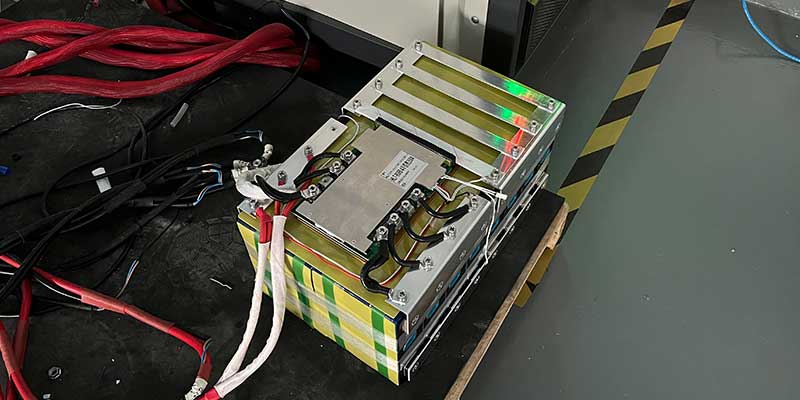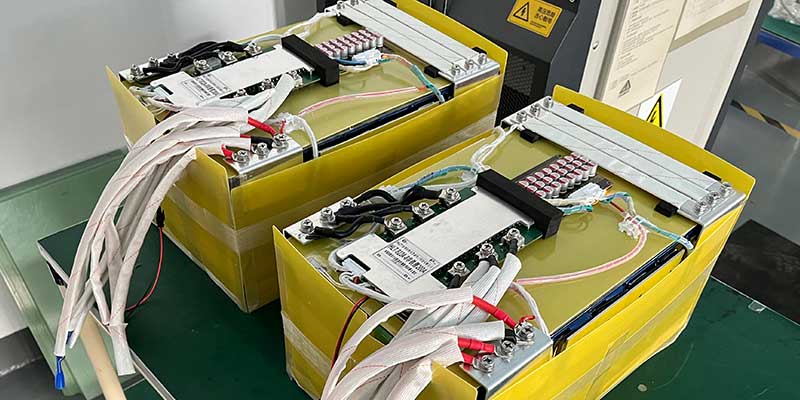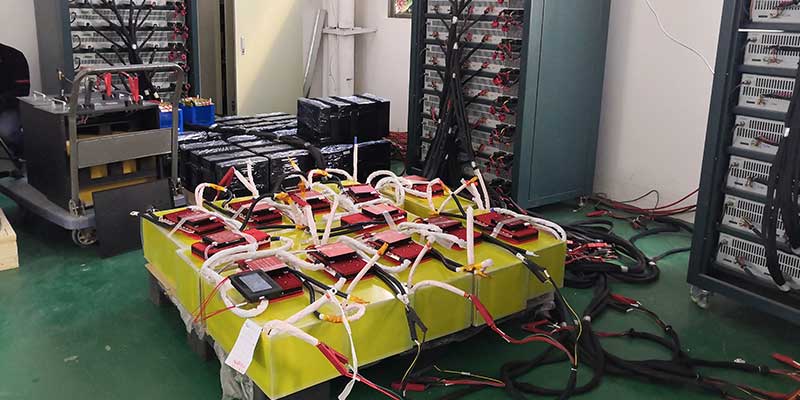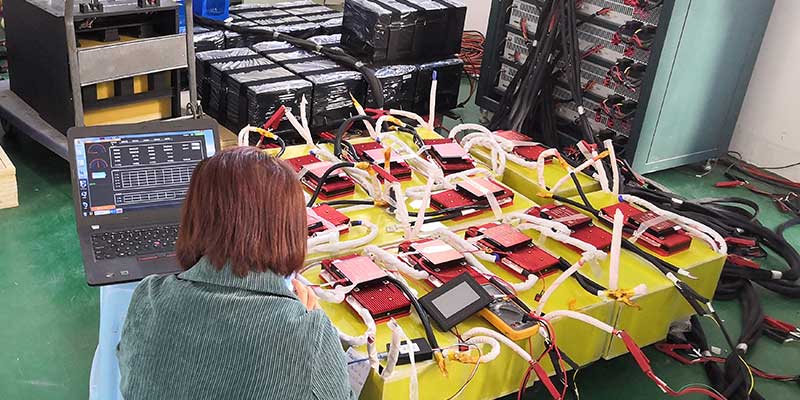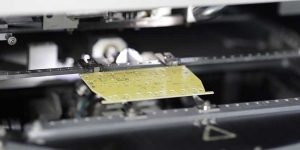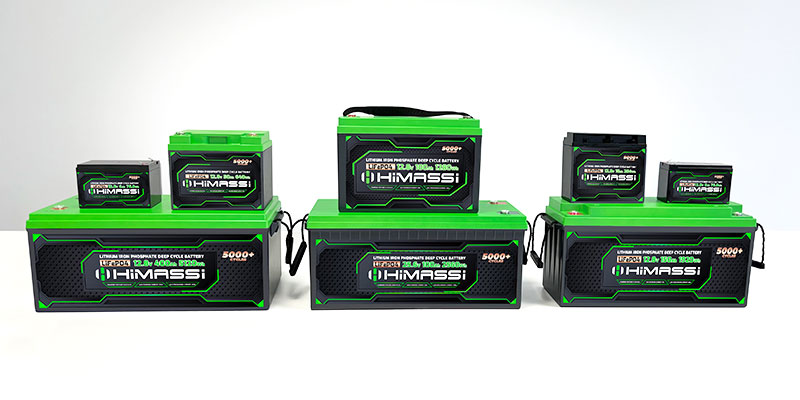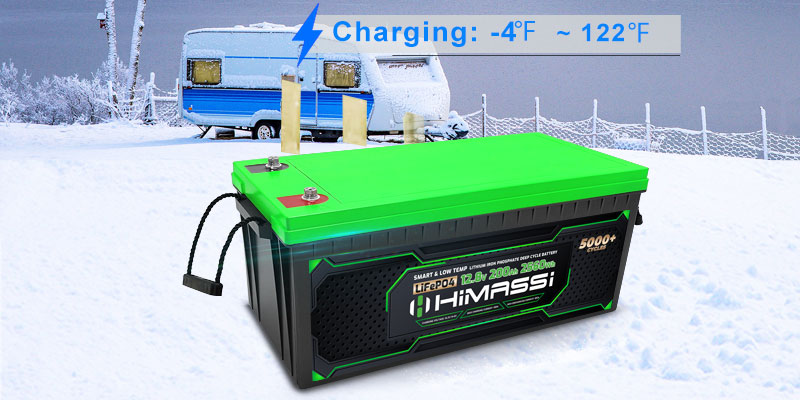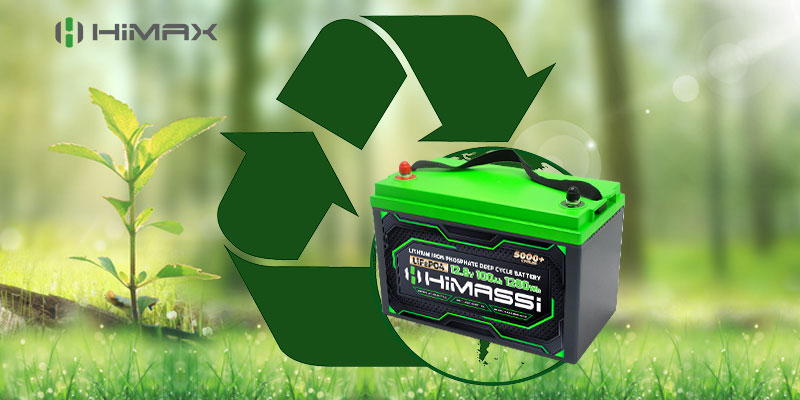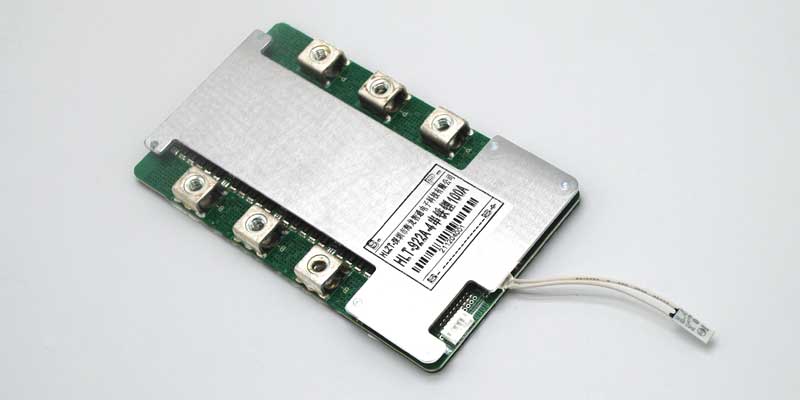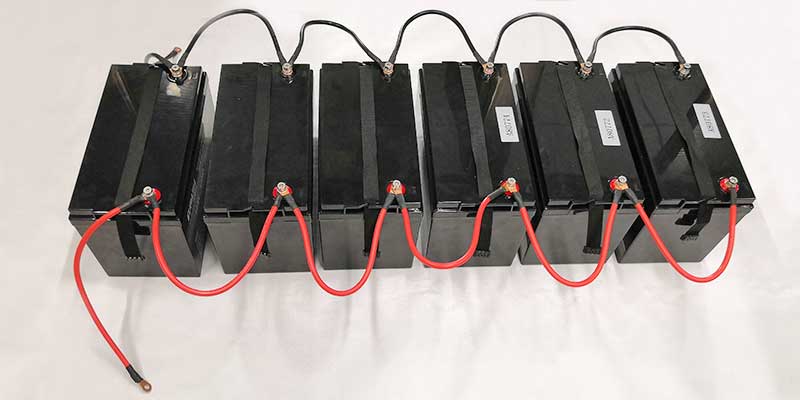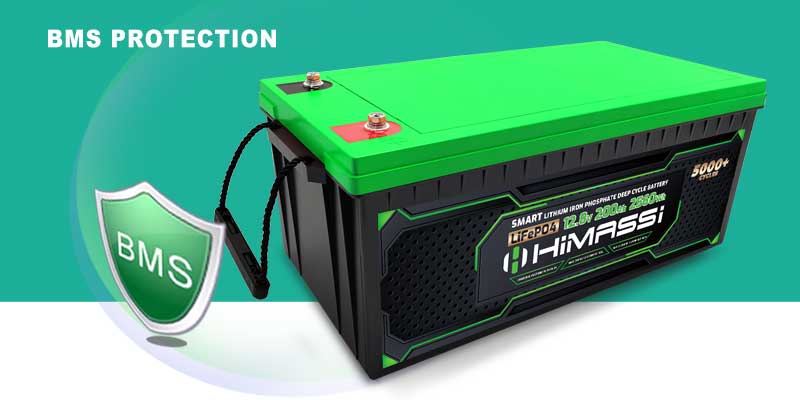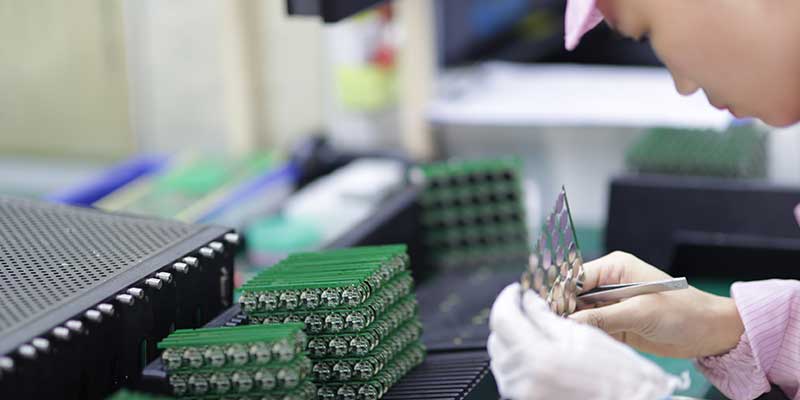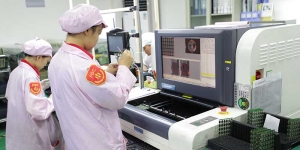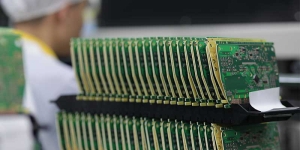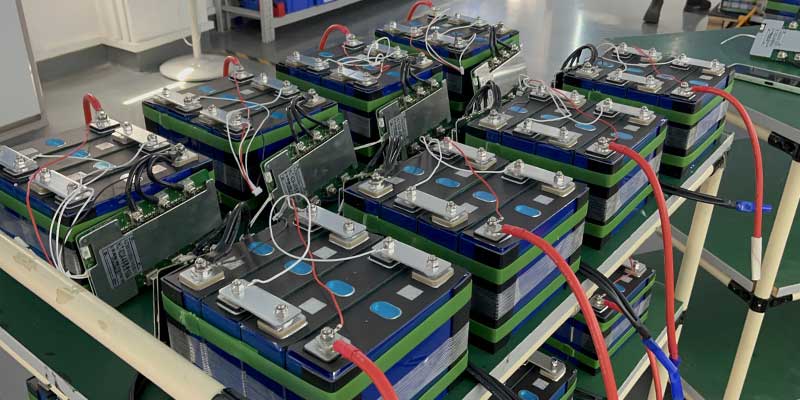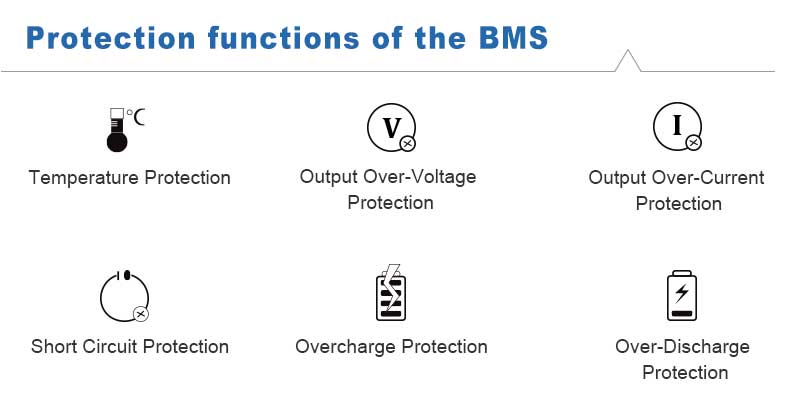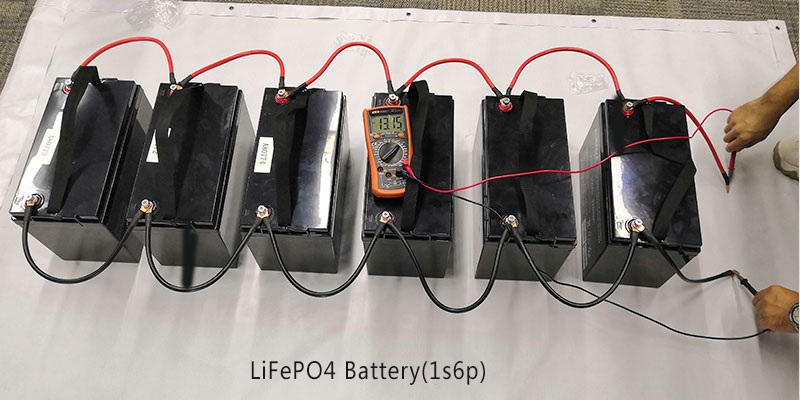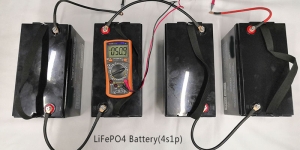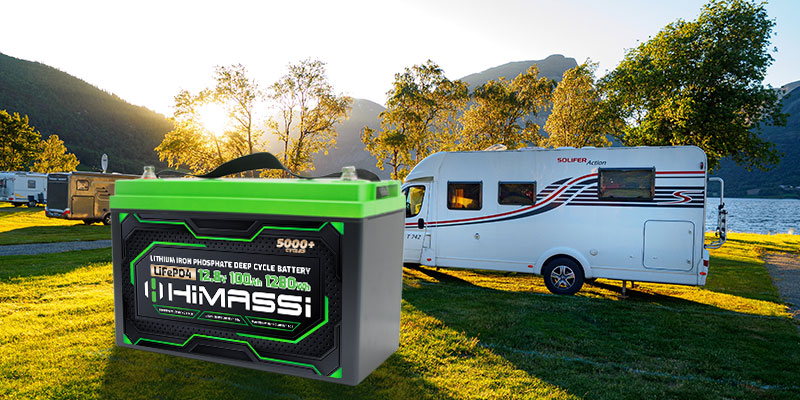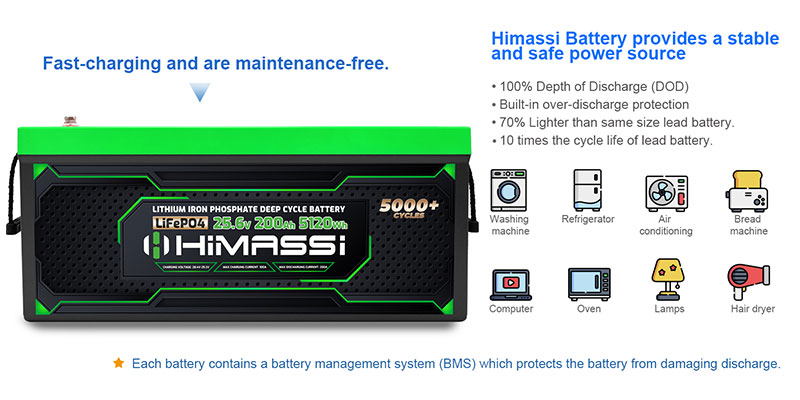How to Charge an 18650 Battery Pack with a BMS: A Complete Guide
Introduction The 18650 battery pack is a staple in the electronics world, powering everything from laptops to electric vehicles. A key component in maintaining the health and efficiency of these packs is the Battery Management System (BMS). This guide will walk you through the process of safely charging an 18650 battery pack with a BMS, ensuring optimal performance and longevity.
Understanding 18650 Battery Packs and BMS 18650 refers to the size of the batteries: 18mm in diameter and 65mm in length. These lithium-ion cells are popular due to their high capacity and durability. A BMS is crucial as it protects the battery pack against overcharging, deep discharging, and overheating, which can lead to battery failure or hazardous situations.
Preparing to Charge Your Battery Pack Before charging, it’s essential to ensure that your BMS and battery pack are properly configured and intact. Check all connections for security and wear, and ensure the BMS is compatible with your battery pack’s voltage and chemistry.
Step-by-Step Charging Process
- Connect the BMS to the Battery Pack: First, securely connect your BMS to your 18650 battery pack. Ensure that the connections between the cells and the BMS are secure and correct according to the BMS manual.
- Attach the Charger: Connect your charger to the BMS, not directly to the battery. Make sure the charger’s output matches the specifications recommended for your battery pack to avoid any potential damage.
- Begin Charging: Initiate the charging process. The BMS will monitor the state of each cell and ensure that all cells are charged evenly, preventing any cells from overcharging.
- Monitoring the Process: Keep an eye on the charging process. Most BMS units will have indicators or interfaces to show the status of the battery cells. It’s crucial to monitor these indicators to ensure everything is charging as expected.
- Completing the Charge: Once the battery pack is fully charged, the BMS will stop the charging process automatically. Disconnect the charger from the BMS and then disconnect the BMS from the battery pack.
Safety Tips and Best Practices
- Always charge in a fire-proof area and remain nearby while charging.
- Never leave the charging battery pack unattended.
- Regularly inspect your battery pack and BMS for signs of damage or wear.
- Avoid charging near flammable materials.
Troubleshooting Common Issues If issues arise during charging, such as the BMS indicating an imbalance or a cell not charging, first check connections and ensure that all components are functioning correctly. If problems persist, consult the manufacturer’s documentation or seek professional help.
Why Use a BMS? Using a BMS is essential for safety and efficiency. It extends the life of your battery pack by ensuring each cell is charged correctly and safely, and it can significantly reduce the risk of battery failure.
About Himax Electronics Himax Electronics specializes in advanced battery management solutions, offering state-of-the-art BMS products that enhance both the safety and performance of lithium battery packs. With a focus on innovation and customer satisfaction, Himax Electronics provides tailor-made solutions that meet the specific needs of any project.
Himax Electronics is dedicated to advancing battery technology with sophisticated BMS solutions that ensure safety, reliability, and efficiency. For more information about our products and how we can help with your battery management needs, visit our website or contact our support team.
Conclusion Charging an 18650 battery pack with a BMS is crucial for maintaining battery health and safety. By following these steps and utilizing a reliable BMS like those offered by Himax Electronics, you can ensure that your battery pack performs optimally for a longer period.

